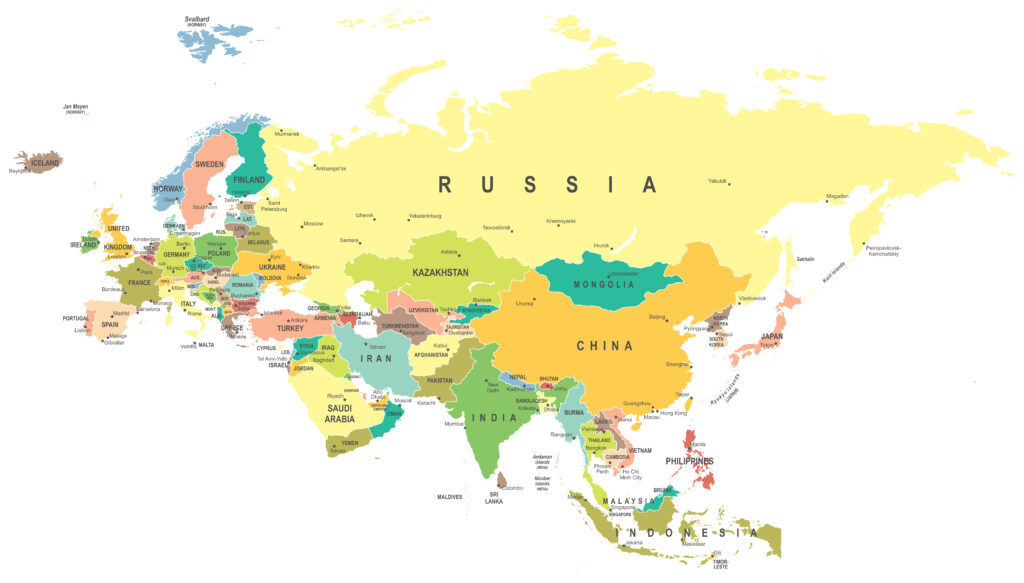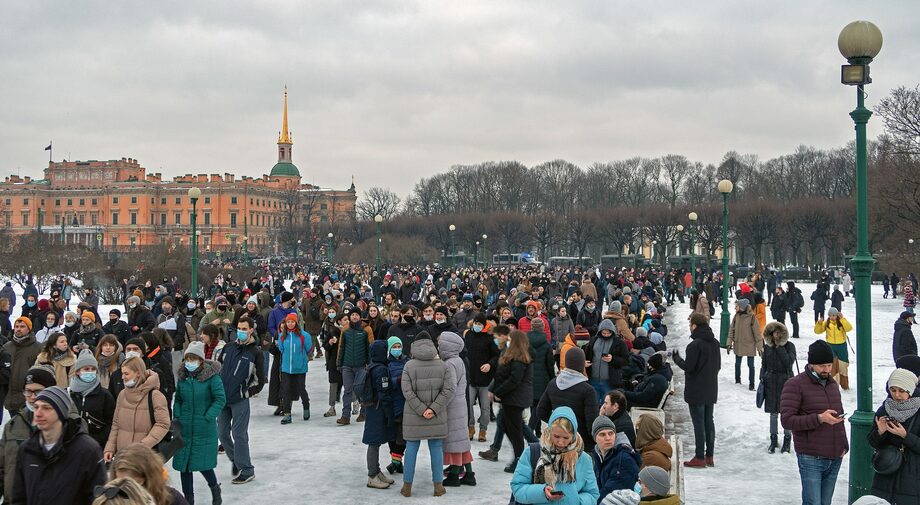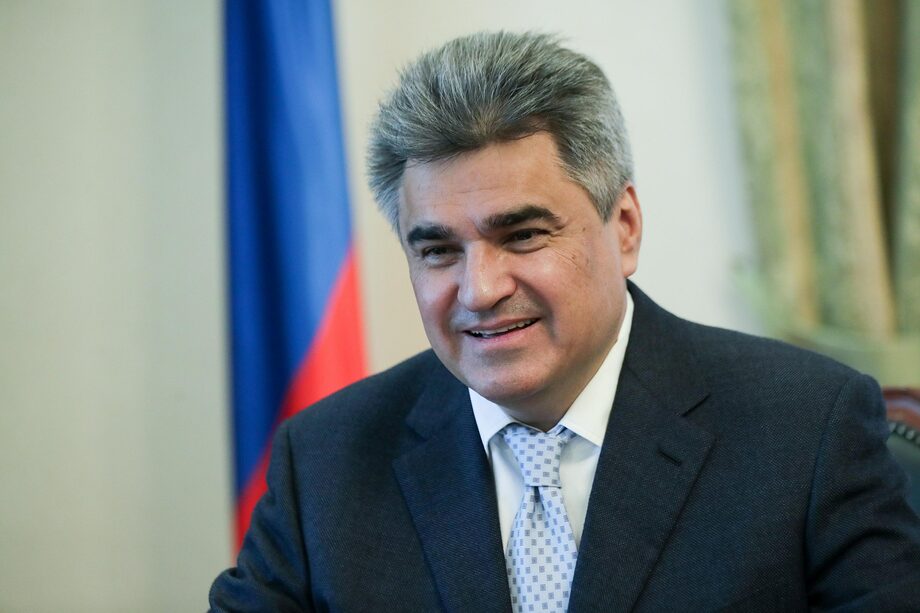
By Oliver Boyd-Barrett, Substack, 9/11/22
Mercouris, on Sunday September 11, reports Russian MOD announced redeployment of troops from Kharkiv area to Donbass, claiming a successful “deception operation,” without giving further details, and also claiming that Ukraine had lost 2,000 men in Kharkiv area operations, and a total loss of 4000 men since September 6 both in Kherson and Kharkiv.
He notes there is no doubt that the withdrawal from Izium and other cities in the area has been effective, fast and with minimum losses. A video circulating of crushed Russian tanks and the like, supposedly from Izium, is a fake. Mercouris is inclined to believe the Russian estimate of Ukrainian losses, but does not make clear why, especially as he argues that there has been very little fighting, but he does claim the Ukrainian forces have faced artillery barrages without the security of the own air cover. Otherwise, I don’t see why, in Kharkiv area, there should have been high Ukrainian losses if Russia was retreating fast (but this could have been accompanied to the tune of simultaneous artillery attack.
He talks of the Russian description of the withdrawal as a “success,” which Russia had been planning for quite some time. He notes there were constant attacks on Russian flanks, especially in Balakliya area. He appears to argue that Russia was ready to withdraw from Izium, that Izium’s significance was greatly exaggerated, etc. – but all this seems far too convenient and optimistic a rationalization from the Russian perspective, which understates what is at the very least a significant PR failure.
The Ostol (correct spelling later) river is now the Russian defense line in Western Ukraine. Mercouris notes there was likely a long-standing debate in the Russian leadership whether or not to do this thing; at some point, probably a couple of weeks ago, Moscow reached a consensus decision to withdraw. A withdrawal of this scale, to be carried out effectively, needs forward planning . Perhaps, but once again, this is an interpretation and explanation that is all too kind towards Russia.
The Donetsk militia, given their shortage of support and equipment, may have been pressing for this withdrawl for some time. There surely is concern for the welfare of the people left in this area, mostly pro-Russian even as Russians have been thinning their forces in the area for quite some time. For the first time we saw recently that Russian regular troops were taking part in the regular fighting in the Donbass, specifically in Marinka, and it is a reasonable guess that these troops came from Izium.
Mercouris cites extensive intelligence cooperation between the US and Ukraine. Very possibly the Ukrainians launched the offensive because they knew that the opposition was thin, and that they could send out flying columns to occupy villages at lightening speed in the knowledge that Russian forces had already been drawn down. Had their been large numbers of Russian forces, the Ukrainian offensive would have failed.
Total Ukrainian force was 15,000.
Mercouris does not agree that the Russian withdrawal can be a “success.” He recalls seeing video images of Russian reinforcements rushing to the defense of Izium. This was probably the “deception operation,” to which the Russia MOD referred, intended to deter Ukrainians from pressing their advantage.
Lots of other people were deceived by this operation including Mercouris himself. He now suspects that reports of Russian troop movements around the Donetesk ring road were probably filmed on the Moscow ring road as part of the deception operation. The Russian people, Telegram bloggers etc., etc., were also deceived into thinking the Russian army would stand and fight for Izium. The deceived are now very angry, given the large loss of territory and of weapons, without even a battle – territory which Russia had had to fight hard for earlier in the war.
If a proper evacuation of civilians had been organized civilians would be feeling less betrayed. Russia had been saying that its forces would stand and fight but then withdrew quickly.
One conclusion is that Russia simply did not deploy sufficient forces, even though it does indeed have these resources. Some of the troops who took part in the Vostock exercises may have been sent there from Ukraine. And while Mercouris himself doesn’t believe this, he understands why such claims are being made and are believed. The real problem is not that there were not enough Russian troops. The problem lies in the nature of the special military operation itself. Back in February it was meant to provide support for the Donbass militia, supplemented by Chechnyan forces and the Wagner group. Up until recently, commentators have presumed that Russian regular forces were central to the operations in Donbass, but this is incorrect, as it understates the role of these other forces. The lack of information as to who is fighting on the Russian side obscures the role of the Donbass militia. Khordokovky points out that these are divided between tough, regular forces trained up to the professional level, and the reservists. The militia themselves do not have vast numbers of forces they can call on. Ultimately, there is a shortage of infantry because the Donbass militia have been given a disproportionate role. They do their job very well even if they are insufficient against a Ukrainian offensive.
How much time does Putin have? Adam Touse (?), a supporter of Ukraine, notes that Ukraine is losing $7 billion a month and will collapse economically very soon. It is printing money . On the brink of winter, with contracting economy and broken supply lines, hyper-inflation is a real danger now. A collapse could work to Russia’s advantage. But for so long as Russia depends on the militia it risks a crippling weakness of strategy. Ukrainians are now concentrating forces at Uglada where Russian forces are much stronger and a Russian withdrawal is not an option. Mercouris thinks Russians will parry this. We may expect to see more regular Russian troops in time for the scheduled elections.
[So, one conclusion from the foregoing is that Russian propaganda has been exposed and that this will severely hurt its credibility. In particular, Russia’s reputation for giving high priority to the welfare of pro-Russian civilians in the Donbass has been undermined. Another conclusion is that Russia, like Ukraine, has focused far too much on the PR war, feigning strength at the Vostock exercises, preening along with Chinese and Indian participants, while foolishly leaving allied militia forces to fend for themselves against overwhelming force in the real war.
All this is very damaging, and Russia will now be under pressure – dangerous pressure, that can elicit ill-considered action – to reverse its positions on the battlefield. Another conclusion, for now, is that the confidence which the Military Summary Channel, Mercouris, Berlect and many others have invested, over at least two months, in the Russian assaults on the Ukrainian Izium-Kramtorsk defense line has been badly misplaced, and they allowed insufficient account of who, exactly, was doing the actual fighting.
And a final conclusion is that Putin has been trying to achieve a relatively humanitarian victory, within the norms of warfare, and within the contours of a “special military operation,” when many will argue that battlefield success may have required, may require, outright war. There will of course be many disturbing implications of any such conclusion – OBB]




